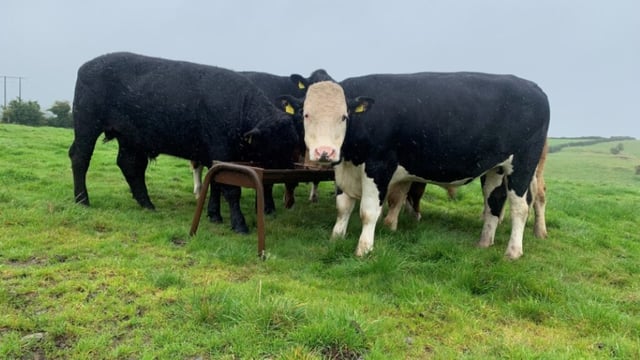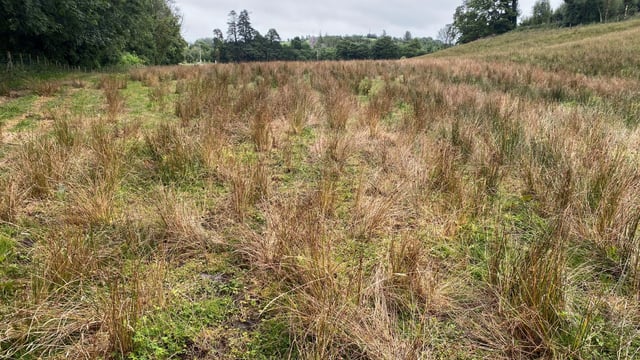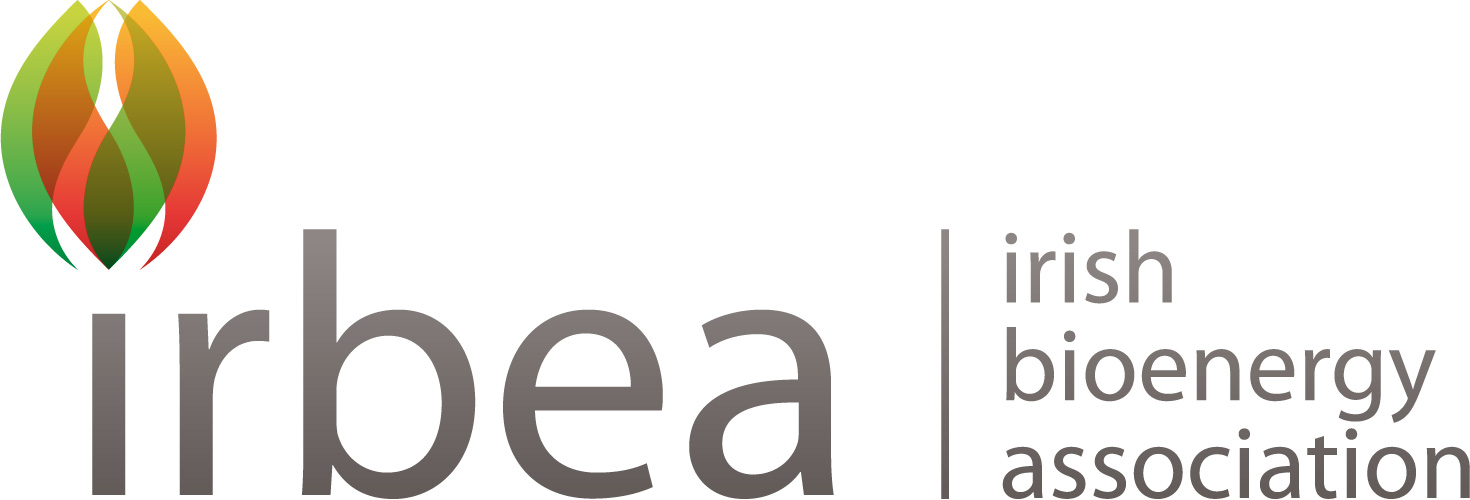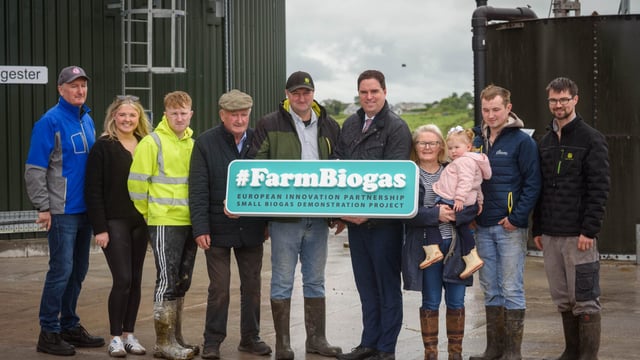3,501 receive payment under turf cutting compensation scheme
3,501 people have received payments under the Cessation of Turf Cutting Compensation Scheme (CTCCS) since it was established in 2011, according to the Department of Housing, Local Government and Heritage.
The scheme compensates turbary and property rights holders who stopped cutting turf on designated raised bog Special Areas of Conservation (SAC).
The measure, which only applies to turf cut for domestic use, was later extended to raised bog Natural Heritage Areas (NHAs).
The CTCCS covers 55 designated as raised bog SACs under the Habitats Directive and 75 raised bog NHAs designated under the Wildlife (Amendment) Act, 2000.
The scheme comprises a payment of €1,500/year which is index-linked for 15 years, or relocation to a non-designated bog, where feasible alternative plots were available rather than a payment.
The department noted that recent applicants can receive a single payment of €24,100, instead of an annual payment.
Participation in the CTCCS depends on when the turf cutting activity ended, as follows:
- For SACs where turf cutting ceased on May 25, 2010 the scheme runs up to 2025;
- For SACs where turf cutting ceased on January 1, 2012 the scheme runs up to 2026;
- For NHAs where turf cutting ceased between 2014 – 2017 the scheme will run 15 years 2028 - 2031.
Since the start of 2020, up to early August this year, €27.6 million had been paid out under the CTCCS to participants.
The department told Agriland that 157 recipients have qualified for payment since 2020, while there are also other applications in process.
Roscommon is the county with the highest number of participants since the CTCCS was established at 959, followed by Galway (888) and Westmeath (345).
Wicklow and Donegal have the fewest participants with two in each county.
| County | Total |
|---|---|
| Roscommon | 959 |
| Galway | 888 |
| Westmeath | 354 |
| Clare | 192 |
| Kildare | 182 |
| Offaly | 178 |
| Tipperary | 156 |
| Meath | 90 |
| Laois | 84 |
| Longford | 65 |
| Kerry | 63 |
| Dublin | 42 |
| Sligo | 38 |
| Leitrim | 38 |
| Mayo | 34 |
| Cavan | 26 |
| Limerick | 11 |
| Cork | 5 |
| Wicklow | 2 |
| Donegal | 2 |
| Other | 92 |
| Total | 3,501 |
The closing date for the receipt of CTCCS applications this year is September 30, 2024.
In order to qualify for the scheme, an applicant must demonstrate the following:
- That he/she had a legal interest (ownership or a turbary right) in a plot on an eligible SAC or NHA and had a right to cut and remove turf from the property on the date of cessation;
- That the applicant has been cutting turf on the said lands during the five year period up to the date of cessation and that the turbary right or resource has not been exhausted.
A spokesperson for the department said that the CTCCS has been vital in protecting and conserving natural habitats.
"It has supported over 3,000 households that have previously relied on cutting turf as a source of fuel for home heating from these designated sites.
"The lands covered by CTCCS allow for the minister to carry out remedial works for the purpose of re-establishing the natural habitat and conserving the bog.
"Under the NPWS Raised Bog Restoration Programme 5,000ha have been restored since 2018, including state owned land and land covered by this and other schemes," they said.
"Restored peatlands can provide many ecosystem service benefits to the environment and people such as providing carbon storage, improving water retention and quality, reducing wildfires impact and increasing biodiversity," the spokesperson added.





